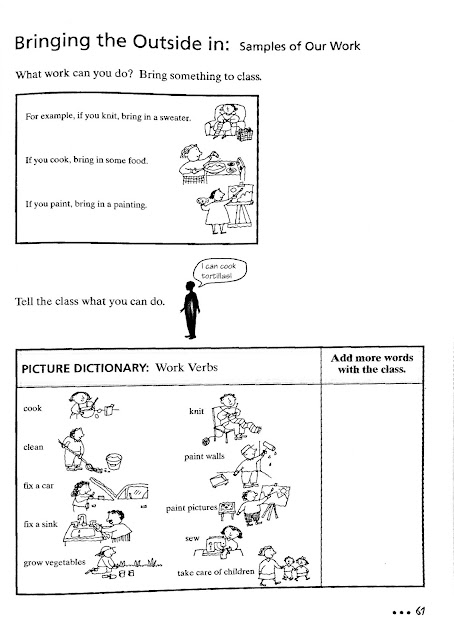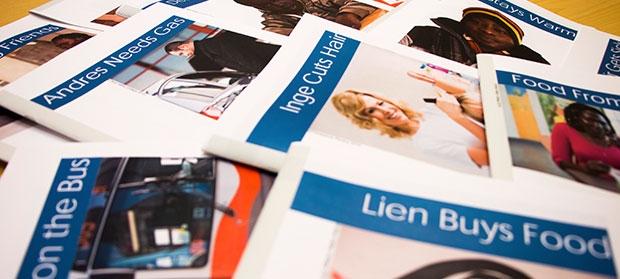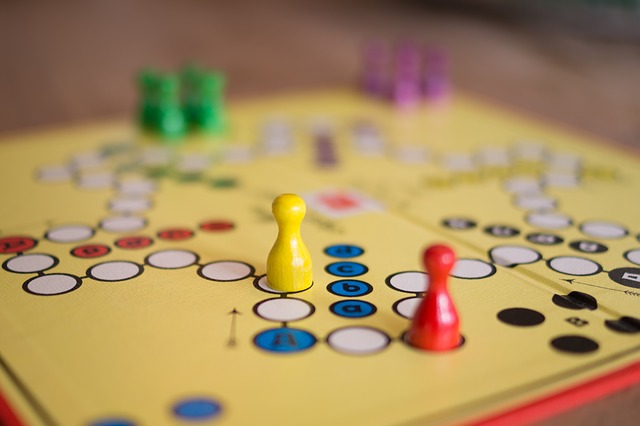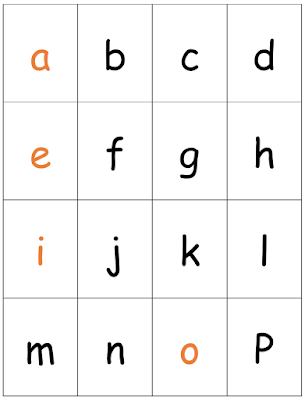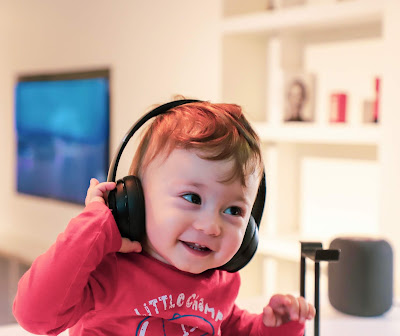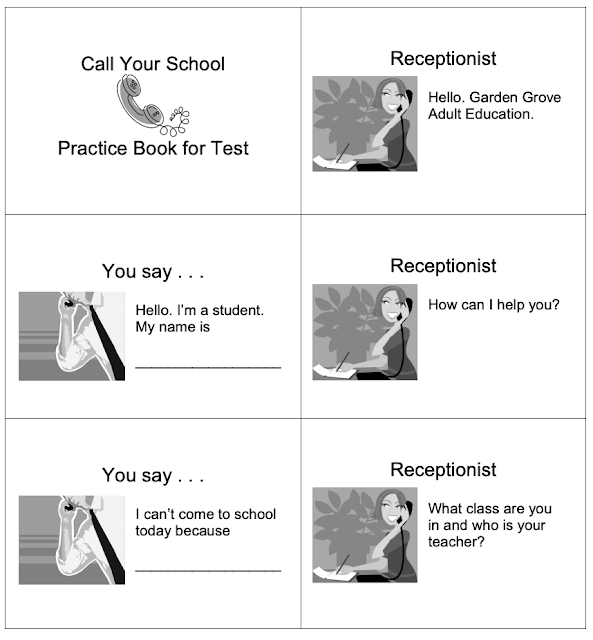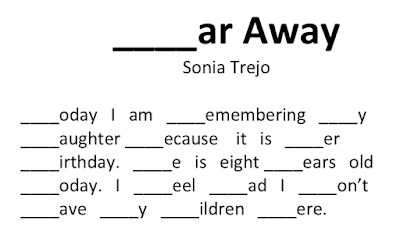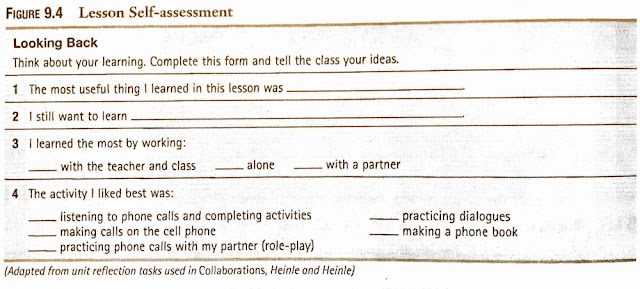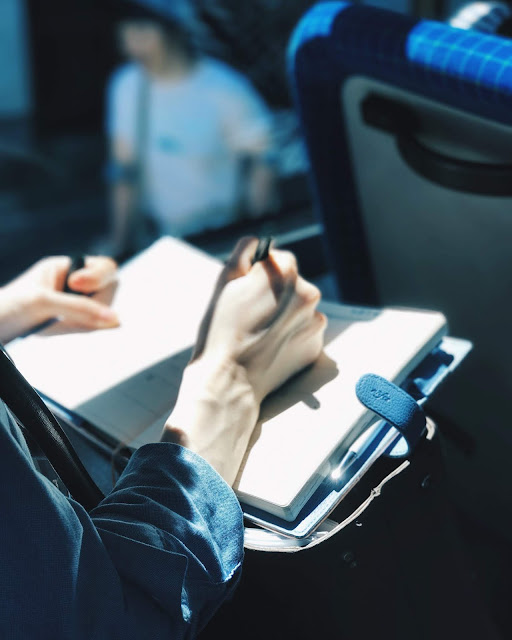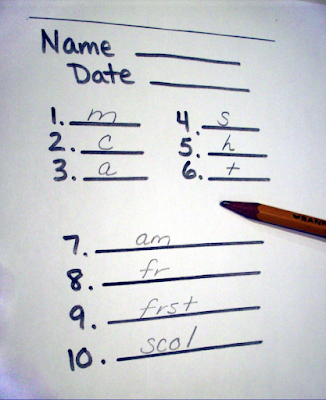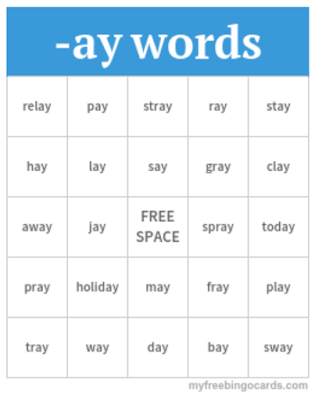Ball Toss
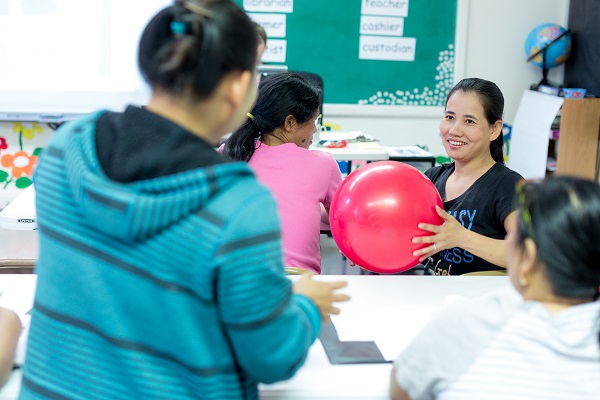
In this active activity, learners stand in a circle and take turns asking and answering questions as they throw a ball to one another. This activity allows learners to practice speaking and consolidate the grammar/vocabulary newly learned. Photo from Minnesota Literacy Council Materials: A soft ball or bean bag Procedure: 1. Teacher writes a question on the board (e.g., What are you going to do after school?) and elicits a few possible answers from learners to check their understanding of the question. 2. Learners stand in a circle. 3. Give one learner the ball. S/he should answer the question on the board. 4. Have the learner throw the ball back to the teacher. Teacher repeats what the learner said and gives his/her own response to the question (e.g., He is going home. I am going to buy some food. ). 5. Teacher throws the ball to a different learner. S/he have to repeat the teacher’s response and then add his/her own response. 6. Continue until everyone has re


